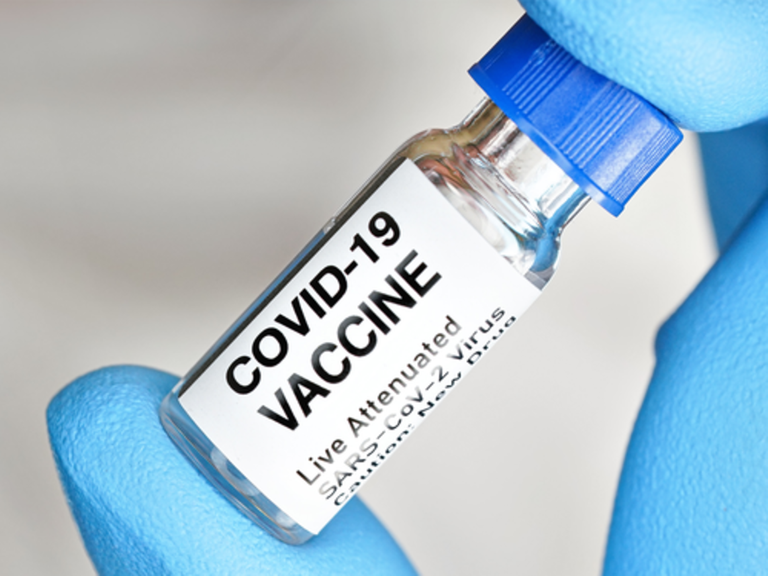
The CDC (Centers for Disease Control and Prevention), that is the public health control body of the United States, is not publishing many of the data relating to Covid in its possession: this is supported by the American newspaper New York Times (
https://www.nytimes.com/2022/02/20/health/covid-cdc-data.html) , according to which a missing would be in particular those on the efficacy of the booster dose of vaccines. "For more than a year, the CDC has been collecting data on hospitalizations for Covid-19 in the United States by dividing them by age, race and vaccination status, but has not made most of the information public," reads the inside. The newspaper's article, which believes that "when the CDC released the first significant data on the effectiveness of boosters in adults under the age of 65 two weeks ago, it omitted those for 18 to 49-year-olds." Therefore, the data of a "huge slice" of the population in question would not have been disclosed, which among other things would be "less likely to benefit from extra doses".
Lacking vaccine booster data in the above individuals, therefore, "outside experts that federal health agencies turn to for advice have had to rely on Israeli data to formulate their injection recommendations." Consequently, one wonders why data would have been omitted that would have made it possible to better understand whether healthy subjects actually needed to undergo the booster, and the answer to that question would have come directly from Kristen Nordlund, spokesperson for the CDC, the which he would have explained to the New York Times that the reason would lie, among other things, in the fact that the information could be misinterpreted. In this way, Nordlund would thus have confirmed what was communicated to the newspaper by an unspecified "federal official", according to which the agency was reluctant to make the data public precisely because they could have been misinterpreted as data in favor of ineffectiveness. vaccines. In addition to this, Nordlund would also have declared that the data would represent only 10% of the population of the United States: yet the CDC - recalls the New York Times - "has relied for years on the same level of sampling to monitor flu".
Add to this the fact that last year the agency was "repeatedly criticized" for failing to track "so-called revolutionary infections in vaccinated Americans" (i.e. cases of individuals infected despite being vaccinated) and would instead focus only on subjects seriously ill and therefore hospitalized or dead. The problem, fundamentally, is that the agency would have in fact "presented this information to make a risk comparison with unvaccinated adults, rather than providing timely snapshots of hospitalized patients stratified by age, sex, race and vaccination status". Yet the CDC, according to the aforementioned federal official, has been gathering information regularly since Covid vaccines were launched.